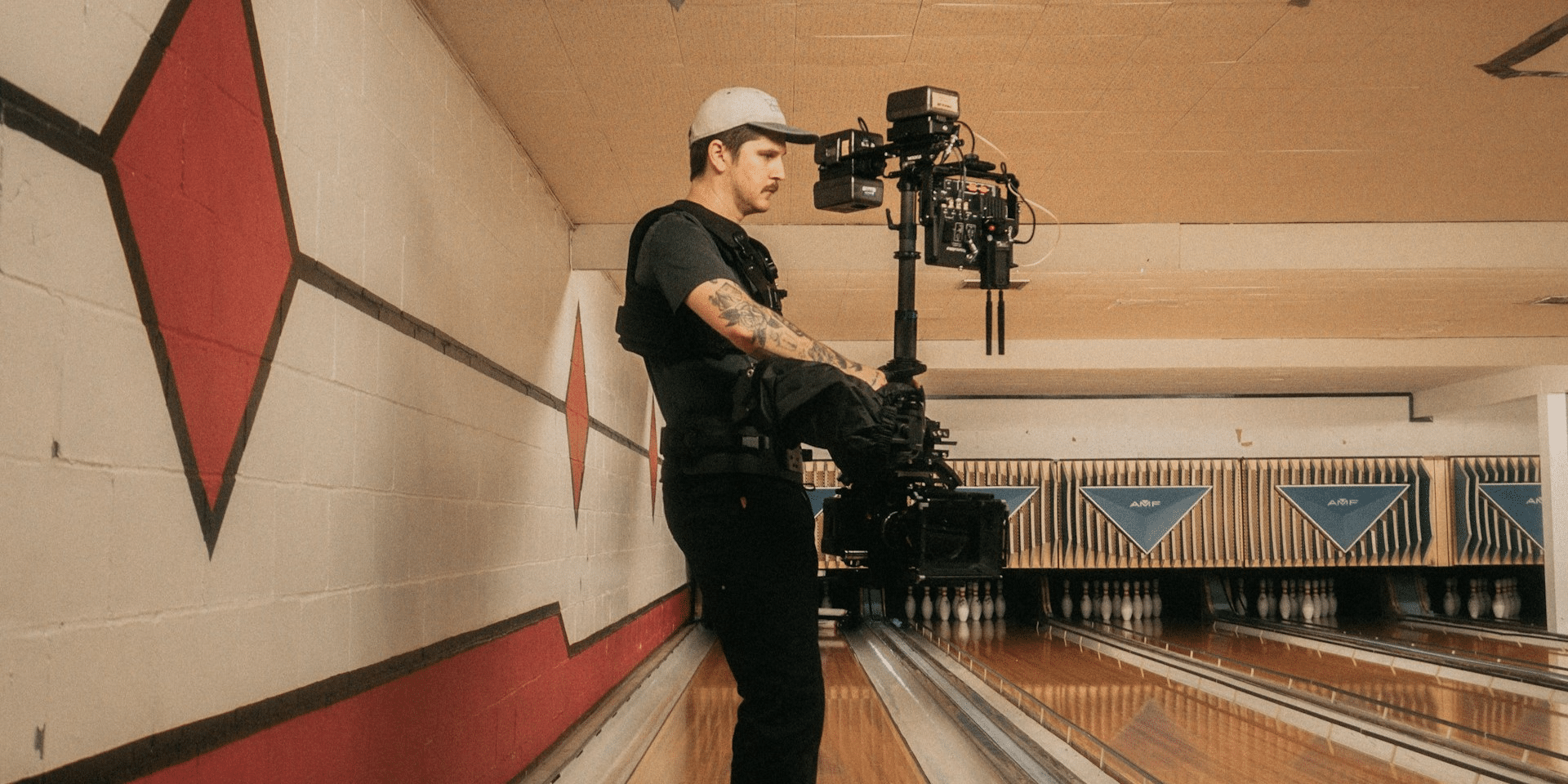The transition of TV series to feature films has become a common phenomenon in the entertainment industry, giving successful television shows a new life on the big screen. This shift offers exciting possibilities for both creators and audiences but also comes with significant challenges. When adapting a series into a film, creators must find ways to condense long-running storylines, balance fan expectations, and reach new audiences. In this article, we will explore the key aspects of series-to-film adaptations, including casting choices, plot condensation, pacing, and audience reception.
Casting Choices
One of the most critical elements of adapting a beloved series into a film is casting. When a popular series moves to the big screen, audiences have established relationships with the characters, and casting choices can make or break the success of the adaptation. Fans often have strong opinions about which actors should return to reprise their roles or whether new faces should be cast to refresh the narrative.
For instance, when the series Downton Abbey made the leap to film, the majority of the original cast was brought back, much to the delight of fans. In contrast, the film adaptation of 21 Jump Street opted for an almost entirely new cast, except for cameo appearances by original series actors, leading to mixed reactions from long-time fans. The decision to stick with or change the cast depends on various factors, such as the actors’ availability, the timeline of the film, and the direction the creators want to take.
Fan casting debates are common in these situations, as dedicated audiences may have their own ideas about who would best portray their favorite characters. This makes casting a crucial consideration when deciding whether to keep the original actors or introduce new talent to breathe fresh life into the story.
Condensing Plotlines
TV series have the luxury of time, allowing writers to explore complex character arcs and multiple subplots over several seasons. However, when a series is adapted into a film, one of the biggest challenges is condensing these plotlines into a two-hour format. This often requires streamlining the narrative by focusing on the core storyline and eliminating secondary plot threads that may not be essential to the film’s structure.
A well-known example is the adaptation of Sex and the City, where a multitude of characters and relationships were integral to the series. The film had to choose which character arcs to spotlight while still staying true to the essence of the show. However, in some cases, fans have been disappointed when their favorite subplots or minor characters are left out.
Successfully condensing the storyline is an art form in itself. The challenge lies in ensuring the film remains coherent and enjoyable for both long-time fans of the series and newcomers, all while keeping the essence of the original show intact.
Maintaining Series Lore
Another key consideration when adapting a series into a film is the preservation of series lore. Fans who have invested in the detailed worlds of their favorite series expect the lore, backstory, and established rules of the universe to remain intact in the film adaptation. Any major changes or inconsistencies in the lore can result in fan backlash and tarnish the film’s reputation.
For instance, when Firefly was adapted into the film Serenity, the filmmakers had to ensure that the detailed world-building from the series remained consistent in the movie. This was particularly important for the fanbase, which had a deep connection to the show’s rich mythology and world. Maintaining continuity in characters, locations, and plotlines becomes a balancing act that filmmakers must approach with care to avoid alienating dedicated fans.
Budget Differences
One of the benefits of transitioning a series to film is the often larger budget that comes with it. While many TV series have limited budgets, films generally have higher production values, allowing for high-budget visual effects, larger set pieces, and more expansive locations. This can be a significant draw for audiences who want to see their favorite series brought to life in a way that wasn’t possible on a smaller TV budget.
For example, Star Trek films have benefited from significantly higher budgets compared to the original series, enabling filmmakers to create more impressive space battles and visually stunning alien worlds. Higher budgets also allow for more ambitious marketing campaigns, helping the film adaptation reach a wider audience.
However, larger budgets also come with higher expectations. If the final product doesn’t meet audience standards for visual effects or storytelling, the movie may be criticized for wasting resources, adding pressure to filmmakers to deliver high-quality productions.
Appealing to New Audiences
When series get adapted into films, one of the main objectives is to expand the audience beyond just the fans of the show. Creators must strike a balance between staying true to the original material and making the film accessible to newcomers who may not be familiar with the series.
For example, The Simpsons Movie succeeded in appealing to both long-time fans and new viewers. While it retained many of the elements that made the series popular, such as humor and cultural references, it also crafted a self-contained story that didn’t require prior knowledge of the show. This approach made the film more inviting to a wider audience, contributing to its box-office success.
Marketing plays a key role in this process, as campaigns often have to convince newcomers that the film is worth watching even if they haven’t followed the original series. At the same time, there needs to be careful attention to fandom approval to ensure that long-time fans feel the film is a worthy continuation of the series.
Fan Expectations and Backlash
No adaptation can escape the weight of fan expectations, and in many cases, backlash is inevitable when a beloved series is translated to film. Fans of TV series often have strong opinions about how their favorite characters should be portrayed, how key plotlines should be handled, and whether the tone of the original series will remain intact.
This tension was evident in the Avatar: The Last Airbender film adaptation, which was widely criticized by fans for miscasting characters, altering the story, and changing the tone of the series. The fan backlash ultimately contributed to the film’s poor reception and serves as a cautionary tale for filmmakers looking to adapt beloved series.
Filmmakers must carefully navigate fan expectations and anticipate potential areas where backlash might occur, whether it’s in casting, plot changes, or stylistic shifts.
Balancing Episodic and Cinematic Pacing
Series-to-film adaptations often face challenges when it comes to balancing episodic and cinematic pacing. TV series are structured to allow for character development and plot progression over multiple episodes or seasons, while films are more fast-paced and self-contained.
Filmmakers must find a way to condense episodic arcs into a more traditional film narrative without sacrificing depth or character development. This balancing act can be difficult, as too much focus on episodic elements may leave new viewers confused, while too much deviation from the show’s structure can alienate long-time fans.
Successes and Failures in Adaptations
Finally, not all series-to-film adaptations are successful. While some, like Mission: Impossible or Downton Abbey, have thrived on the big screen, others have failed to capture the magic of the original series. Success often depends on a combination of factors, including the strength of the script, the handling of fan expectations, and how well the film balances the original series’ essence with the demands of a feature-length format.
Adapting a TV series into a film offers exciting opportunities for both creators and audiences, but it also comes with numerous challenges. From casting and condensing plotlines to maintaining lore and meeting fan expectations, filmmakers must navigate a complex landscape to create successful adaptations. Ultimately, the key to a successful series-to-film transition lies in respecting the source material while crafting a cinematic experience that appeals to both loyal fans and new viewers.







